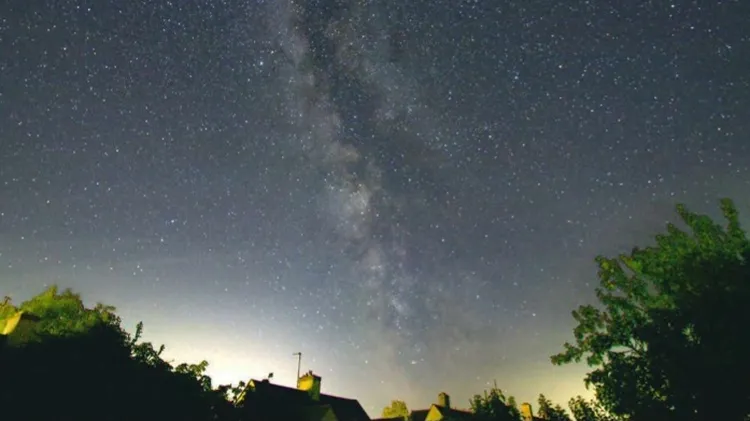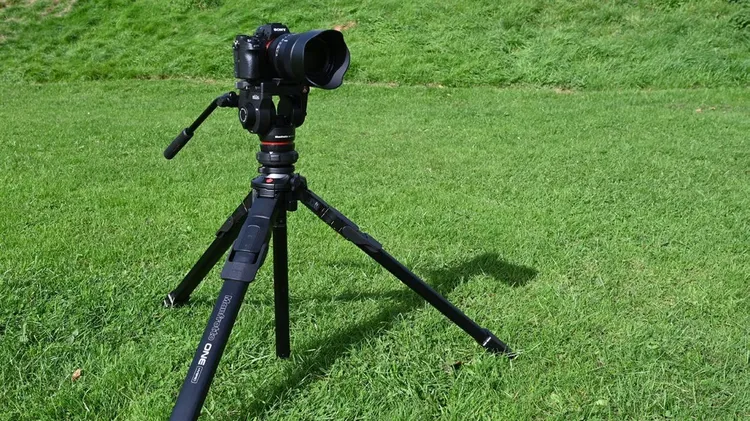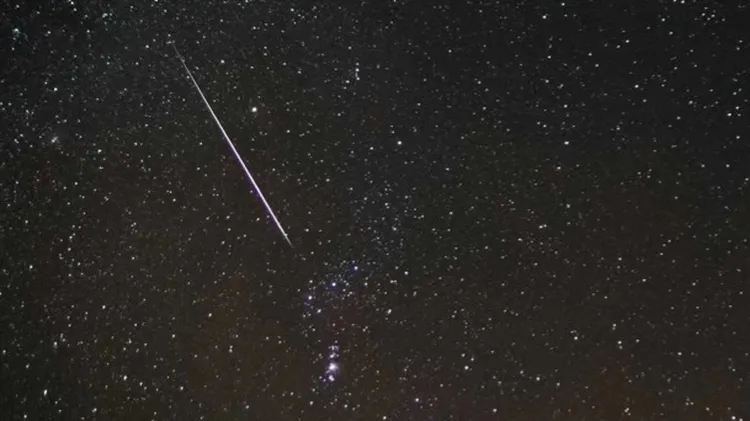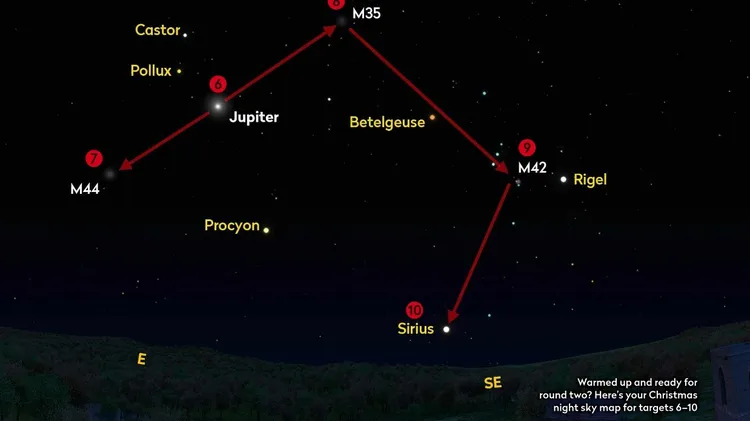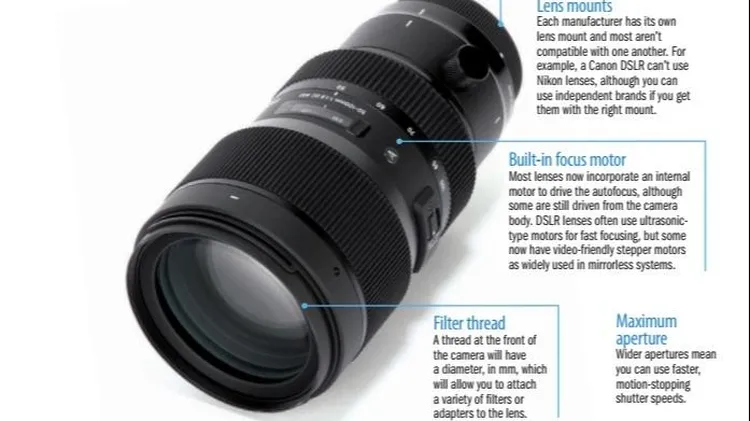Charlotte Daniels takes a look at what differe
A beginner’s guide toastrophotography cameras
9 min read
This article is from...
Read this article and 8000+ more magazines and newspapers on Readly

